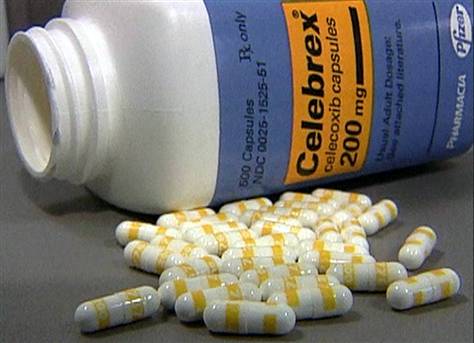Heart Attack Risk stays High even after patients stopped taking Vioxx
As you may recall, Vioxx was an anti-inflammatory drug for arthritis in the COX-2 category that was pulled from the market because it increased the risk of a heart attack (it’s cousin, Celebrex also increased that risk, but is still on the market to treat arthritis). A recent study states that the heart attack risk from taking Vioxx remained high even after patients had stopped taking this drug. What’s also interesting was that the risk of taking these drugs was associated with a 200-300% increase in the risk of having a heart attack. Just to get a handle on those numbers, this means that taking these drugs (including Celebrex) increased your heart attack risk to levels that are similar to a diabetic who smoked cigarettes, meaning it could take it from low to very high. The moral of this story? The danger from taking COX-2 drugs for arthritis (possibly even Celebrex, which is still on the market), stays long after you stop taking the drug. In addition, it’s likely best for patients to avoid this entire drug class to treat joint stiffness, swelling, aches, and pains.

If you have questions or comments about this blog post, please email us at [email protected]
NOTE: This blog post provides general information to help the reader better understand regenerative medicine, musculoskeletal health, and related subjects. All content provided in this blog, website, or any linked materials, including text, graphics, images, patient profiles, outcomes, and information, are not intended and should not be considered or used as a substitute for medical advice, diagnosis, or treatment. Please always consult with a professional and certified healthcare provider to discuss if a treatment is right for you.

